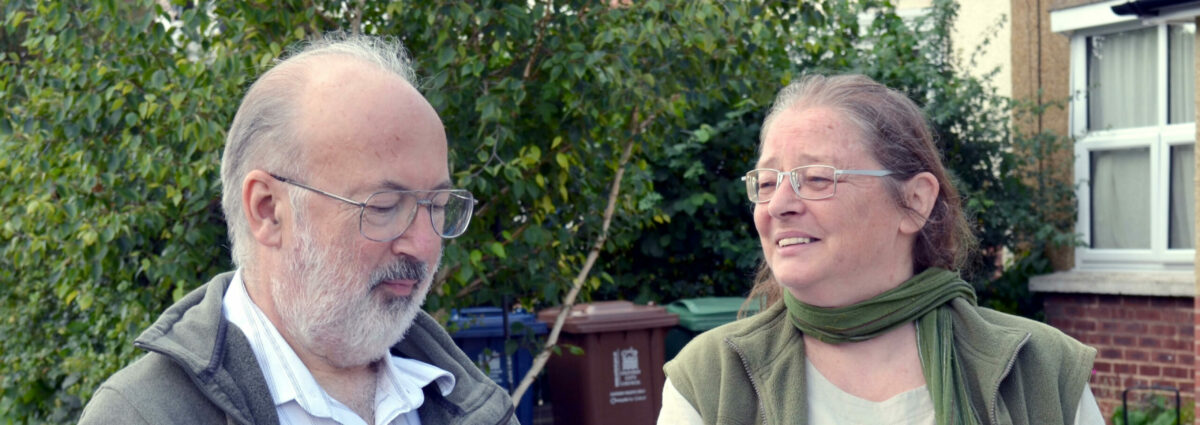Just having more electric vehicles will not deal with non-exhaust emissions which include particulates from brake pads, clutches, tyres and from road abrasion too. These particulates are toxic; reducing public exposure would require less traffic, not even more and far larger pedestrianised areas in our settlements. See article about this at:
Non-exhaust emissions and the case for expanding pedestrianisation
